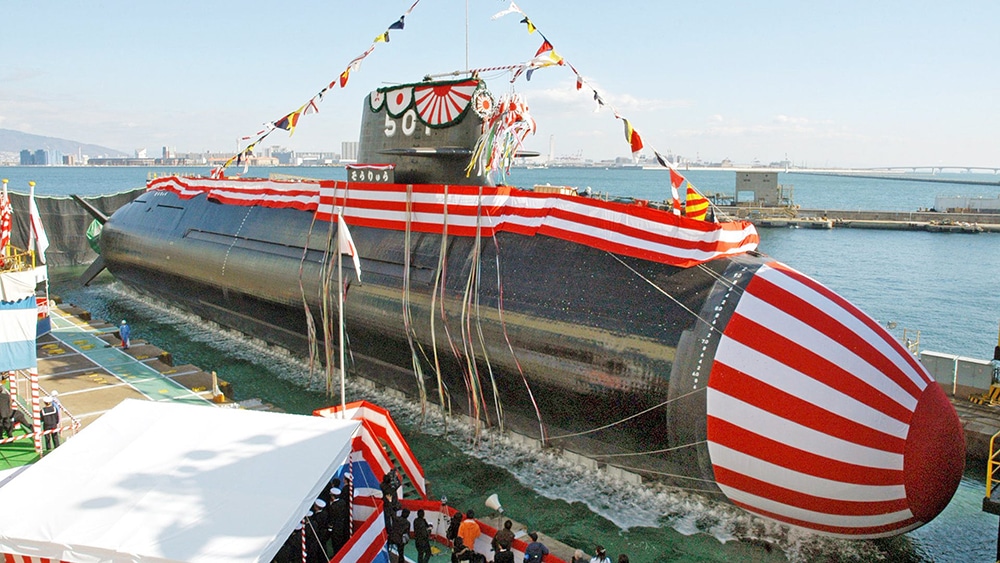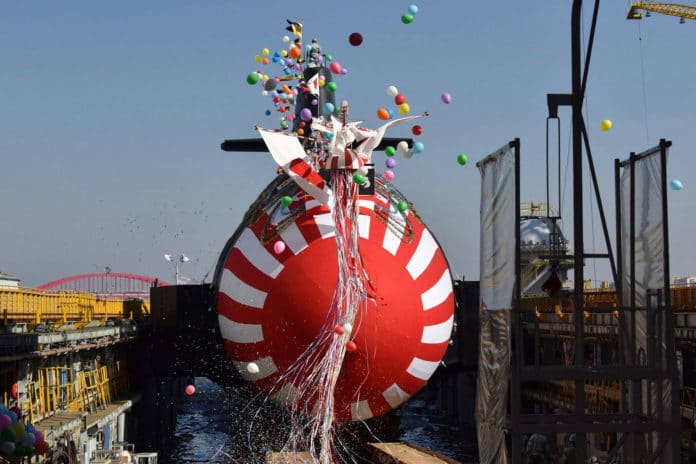The Japanese submarine fleet is undergoing major modernization, and one of its examples is the latest electric submarine, the Toryu, or “Fighting Dragon.” Launched by the Japanese shipbuilder Kawasaki Heavy Industries (KHI), this is the second Soryu-class diesel-electric attack submarine (SSK) for the Japan Maritime Self-Defense Force (JMSDF) equipped with lithium-ion batteries.
The lithium-ion batteries currently power most consumer technologies available worldwide. They allowed the Toryu submarine to abandon the use of conventional lead-acid batteries, as well as Stirling’s non-volatile engine. The chosen concept will enable the submarine to be under the water for a long time, as well as to move at high speed. However, the disadvantages of these batteries will include their high cost.

The Toryu submarine became the second Soryu type boat equipped with lithium-ion batteries. Previously, they were already used on the Oryu submarine. The latter, according to plans, intends to enter the Japanese fleet in 2020.
The use of lithium-ion batteries helps the ship to reach twice the capacity of acid batteries, along with that the charging time is shortened, and maintenance becomes much easier, as the batteries are more durable. Besides, the ship operates quietly under the water.
Considered to be the most preeminent non-nuclear submarine in the world, Soryu-class submarines are 84m long, 9.1m wide, 8.4m high, have a displacement of nearly 3,000 tons, range up to 11,300km, float speed 22km/h, diving speed 37km/h. The most notable feature of the submarine is the powerful engine system, including 2 Kawasaki 12V 25S diesel engines, 1 Toshiba electric motor, 4 Stirling V4-275R Mk-III engines that operate without air.
However, lithium-ion batteries are not risk-free technology. Lithium begins to burn when exposed to water, which in combination with a submarine, is not one of the best combinations. Despite the risk, Japan clearly believes that increasing the efficiency of submarines is worth it.
